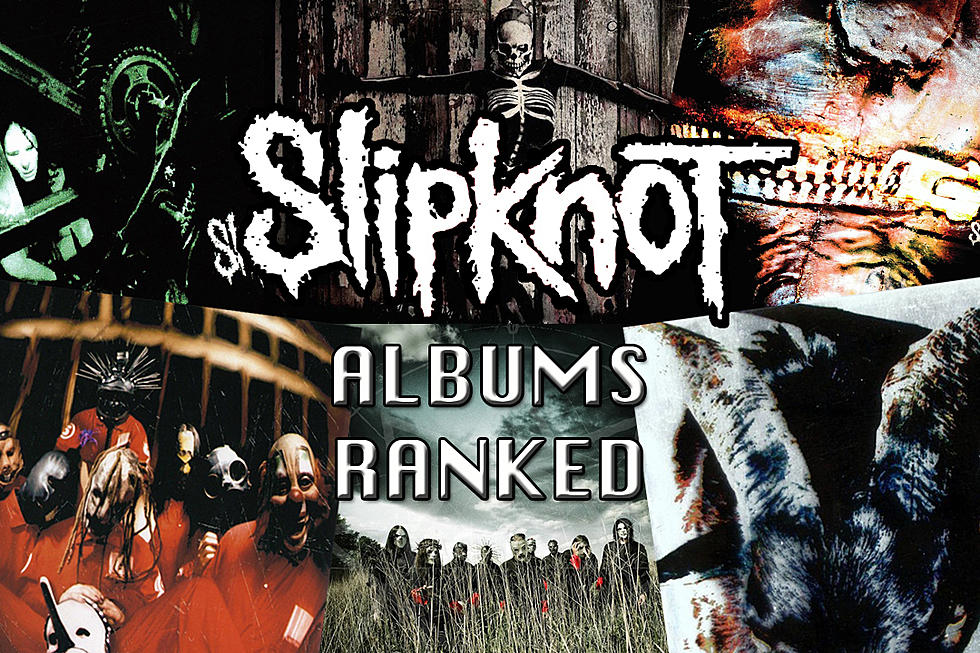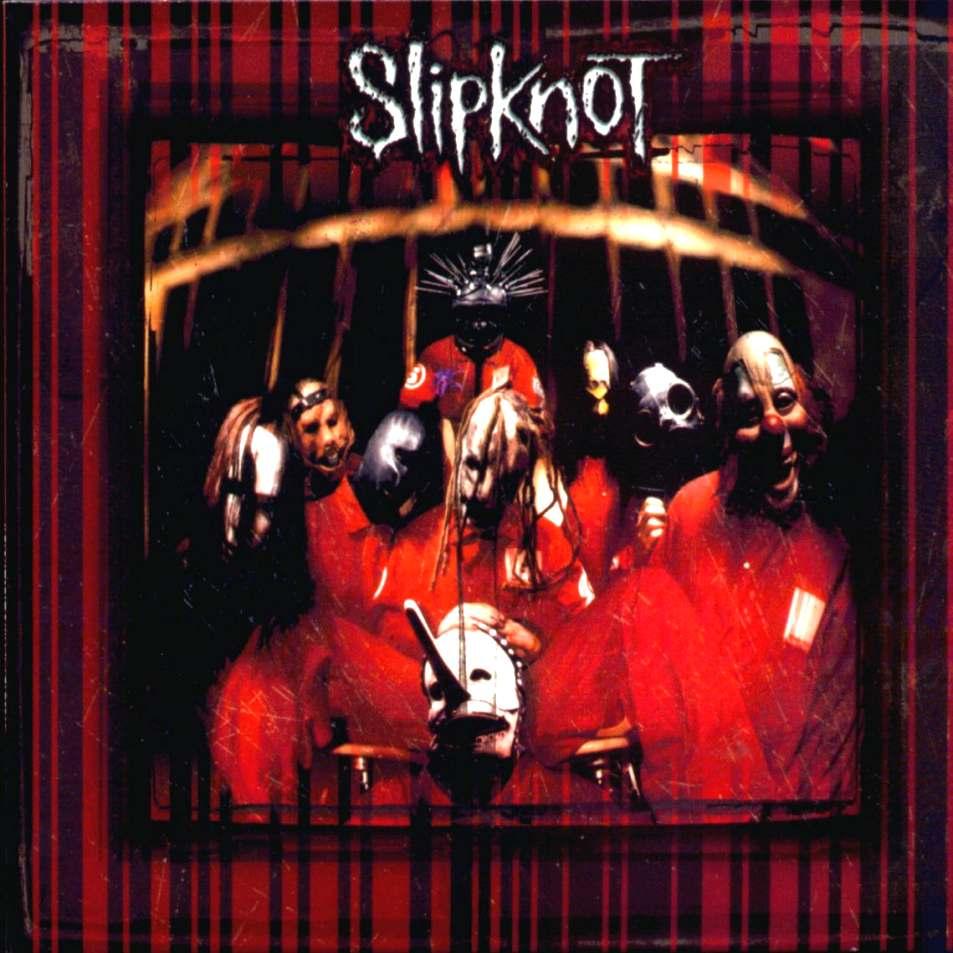

In a series of revealing and fascinating conversations, Root and Thomson address the extemporaneous recording style that yielded one of Slipknot’s most dizzying and cathartic albums, the setbacks that threatened to cripple their efforts, how they conjured mind-bending noises out of the ether and how they’ve made it through more than 25 years by adapting to, learning from and maximizing every bizarre scenario in which they find themselves. Equally unsure of the outcome, everyone entrenched themselves and started spitting ideas. He just wasn’t completely ready for the avant-jazz-style sessions that went down at his home studio and at Henson Studios in Los Angeles. Having mixed the last two Slipknot albums, however, Barresi was prepared for the unusual.

The only more stressful scenario is when everyone in a band is either constantly drunk, strung out on drugs or feeling left out of the creative process, as was the situation for Slipknot’s 2008 album, All Hope Is Gone.

The situation was a producer’s second-worst nightmare. Do you want to take the low one or the high one?’ And maybe he’d say, ‘I like the low one.’ And we’d play together until we came up with something.” I’d listen to something and go, ‘This is what I want to play on.’ I’d turn to Mick and go, ‘Okay, we want two guitar parts here that are different. This is what we’re gonna build from.’ And we’d be off. “Someone would go, ‘Okay, this is all we got. “We were flying by the seat of our pants,” Root says. (Image credit: Michael Campanella/Redferns) The End, So Far includes bluesy bits, some soulful crooning and tons of swooshing, pulsing effects you definitely won’t find on an Anthrax album. Sampled choir snippets merge with layered atmospheric guitars, fraying the nerves without a single distorted power chord.Įlsewhere, Medicine for the Dead blends warbling industrial noises into a melange of evocative arpeggios, clanking xylophones and palm-muted guitar chugs, and De Sade intertwines militant beats, a honey-sweet chorus and glistening guitar shards with shreddy leads. Slipknot seem to take a perverse glee in this inevitability, which may explain why they open the album with Adderall, a melancholy, cinematic cut redolent of Radiohead and Trent Reznor. However, hordes of “maggots” (the historic diehards) will likely be dismayed by some of the other tracks. Many of the songs will instantly appeal to fans of the band’s tribal death, thrash and new-American-metal classics like Pyschosocial, People = Shit, and Duality. The End, So Far may not be Slipknot’s most accessible album, but it’s arguably their most eclectic and enduring, an inescapable, enigmatic nightmare of sound that alternately soothes, stomps and slashes.


 0 kommentar(er)
0 kommentar(er)
